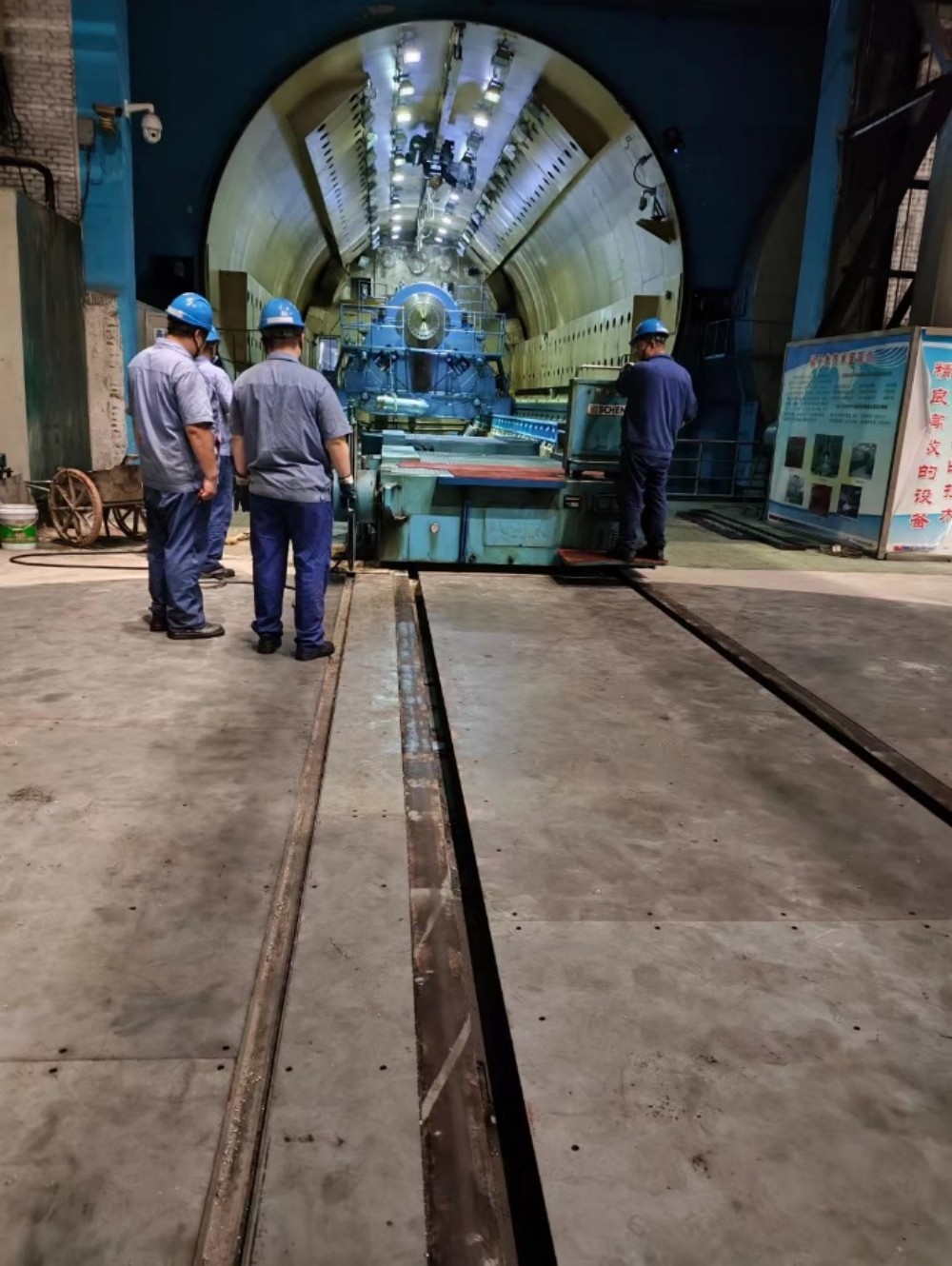In today's fast-paced world, noise pollution has become a common problem in both residential and commercial spaces. One effective solution to minimize noise transmission is soundproofing a suspended ceiling. This article will explore various techniques and materials that can be used to achieve a high level of soundproofing in suspended ceilings.
- Understanding the Basics of Soundproofing:
Before delving into the specific techniques, it is essential to understand the basic principles of soundproofing. Sound travels through vibrations, and to effectively reduce noise, we need to disrupt these vibrations. This can be achieved by using materials with high mass and density, as well as creating air gaps to absorb and dampen sound waves. - Choosing the Right Materials:
a) Acoustic Insulation: Installing acoustic insulation above the suspended ceiling can significantly reduce noise transmission. Materials such as mineral wool or fiberglass insulation are commonly used due to their excellent sound-absorbing properties.
b) Mass-Loaded Vinyl (MLV): MLV is a dense and flexible material that can be added to the suspended ceiling to enhance soundproofing. It acts as a barrier, preventing sound waves from passing through.
c) Soundproofing Panels: Specialized soundproofing panels, such as gypsum boards with viscoelastic layers, can be used to replace traditional ceiling tiles. These panels offer enhanced sound absorption and reduce noise transfer. - Sealing Air Leaks:
To achieve optimal soundproofing, it is crucial to seal any air leaks in the suspended ceiling. Even small gaps or cracks can allow sound to pass through. Use acoustic sealants or caulking to seal any openings around light fixtures, vents, or electrical outlets. - Decoupling the Ceiling:
Decoupling the suspended ceiling from the structure above can further enhance soundproofing. This technique involves using resilient channels or sound isolation clips to create an air gap between the ceiling and the structure. This gap helps to absorb and isolate sound vibrations, preventing them from traveling through the ceiling. - Enhancing Sound Absorption:
a) Acoustic Panels: Installing acoustic panels on the surface of the suspended ceiling can improve sound absorption. These panels are designed to absorb and diffuse sound waves, reducing echo and reverberation.
b) Fabric Coverings: Adding fabric coverings to the suspended ceiling can also enhance sound absorption. Choose fabrics with acoustic properties, such as those with a high Noise Reduction Coefficient (NRC) rating. - Regular Maintenance:
To ensure long-term effectiveness, regular maintenance of the soundproofing elements is necessary. Inspect the suspended ceiling for any signs of damage or wear, and promptly repair or replace any compromised materials.
Conclusion:
Soundproofing a suspended ceiling is an effective way to reduce noise transmission and create a peaceful environment. By understanding the principles of soundproofing and utilizing appropriate materials and techniques, you can achieve a high level of soundproofing in any space. Implementing these methods will not only enhance comfort but also contribute to improved productivity and well-being.








+ There are no comments
Add yours